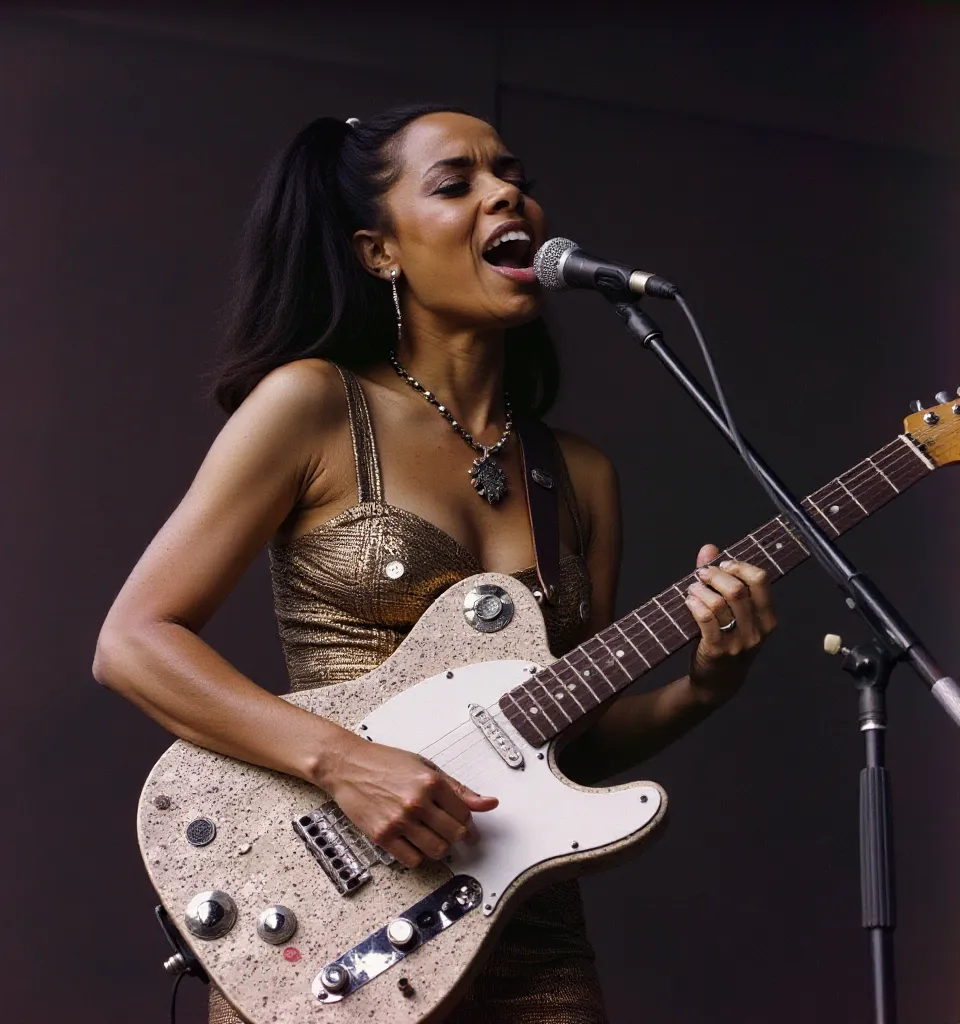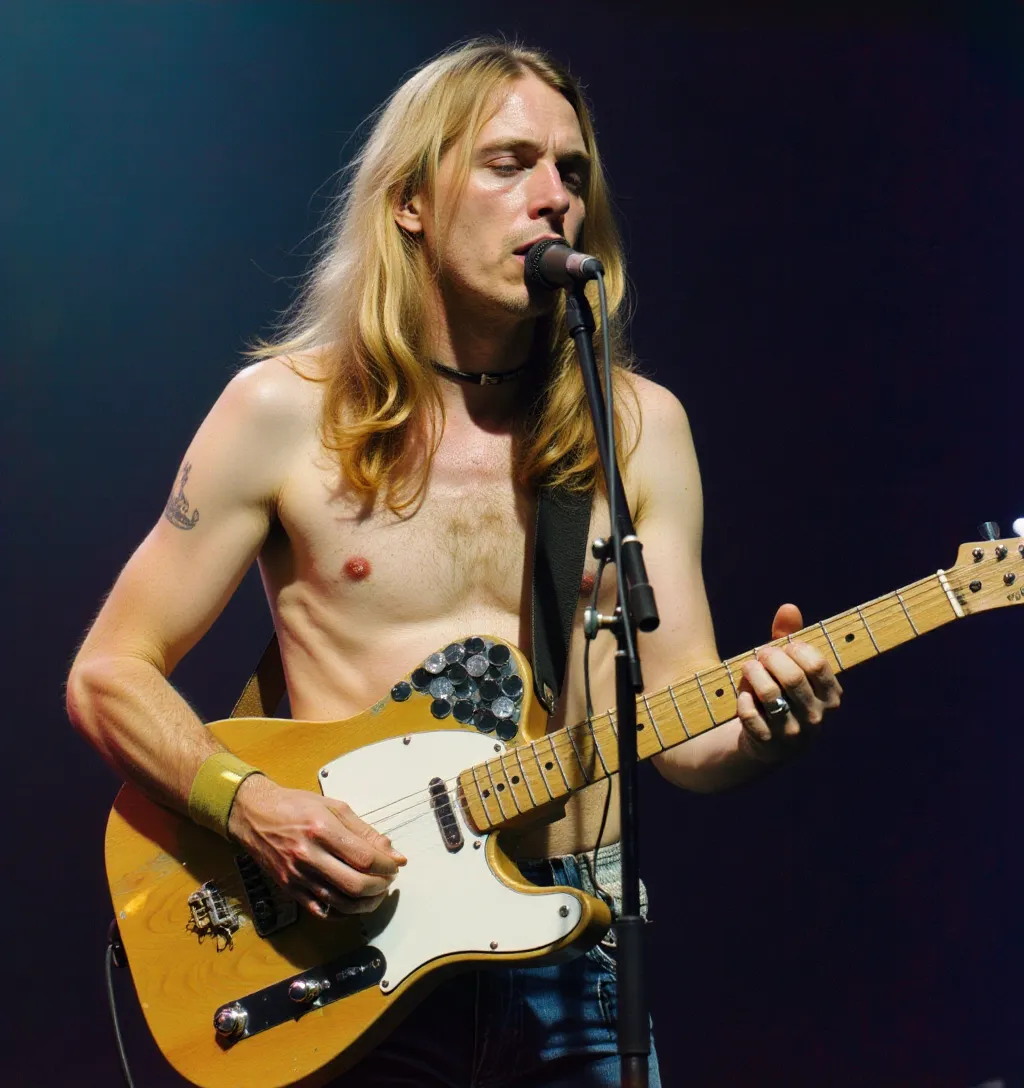license: apache-2.0
tags:
- text-to-image
- template:sd-lora
- flux
- lora
- flux schnell
- image-generation
- diffusers
- photo
pipeline_tag: text-to-image
emoji: 🔜
language:
- en
base_model: black-forest-labs/FLUX.1-schnell
instance_prompt: HST autochrome photo
widget:
- text: (on Historic Color Soon® V.2 model, linked below) HST style photo
output:
url: HSTalt1.webp
- text: >-
(on Historic Color Soon® V.2 model, linked below) HST style autochrome
photograph
output:
url: HSTalt4.webp
- text: (on FluxMerged) HST style analog film photo
output:
url: HSTalt5merged.webp
- text: (on FluxMerged) HST style analog film photo
output:
url: HSTalt3.webp
- text: >-
(on Historic Color Soon® V.2 model, linked below) HST style autochrome
vintage color photo
output:
url: HSTalt2.webp
HSToric FOCUS Flux
A new variant/component addition to our HSToric Color LoRA/Model Series.
Trained on HD scans of early color photos (circa 1900s-1910s) by Sergey Prokudin-Gorsky, who traveled and photographed widely in those years whilst perfecting implementations of a pioneering 3-color-composite photography technique.
Aimed at:
• Invoking the singular visual character of top quality antique color photographs.
• Improving the general quality of realistic/photo-emulating inference, esp. in FLUX.1-schnell and Schnell-based models.
• Adding vibrant and uncanny light & color effects to inference outputs.
• Serving as a tool to raise overall crispness & exposure levels, alongside some parallel improvement of textural quality/detailing.

- Prompt
- (on Historic Color Soon® V.2 model, linked below) HST style photo...

- Prompt
- (on FluxMerged) HST style autochrome photograph...

- Prompt
- (on FluxDev) HST style autochrome photograph...

- Prompt
- (on Historic Color Soon® V.2 model, linked below) HST style autochrome photograph...

- Prompt
- (on FluxMerged) HST style analog film photo...

- Prompt
- (on Historic Color Soon® V.2 model, linked below) HST style autochrome photograph...

- Prompt
- (on FluxMerged) HST style autochrome photograph of woman in a crimson suit passionately singing atop spiraling convex mirrors, noise offset, meta-realism, detailed lifelike amateur photography, blemished moderately wrinkled lined skin texture

- Prompt
- (on Historic Color Soon® V.2 model, linked below) HST style autochrome photograph...

- Prompt
- (on Historic Color Soon® V.2 model, linked below) HST style autochrome photograph...

- Prompt
- (on Historic Color Soon® V.1 model, linked below) HST style autochrome photograph...

- Prompt
- (on FluxMerged) HST style analog film photo...

- Prompt
- (on Historic Color Soon® V.2 model, linked below) HST style autochrome vintage color photo...

- Prompt
- (on Historic Color Soon® V.2 model, linked below) HST style autochrome photograph...

- Prompt
- (on Historic Color Soon® V.1 model, linked below) HST style autochrome photograph...
Historic Color Soon® V.1 is available here in both Safetensors (fp8) & Diffusers formats.
Historic Color Soon® V.2 is, likewise, found here in both formats.
The Historic Color Soon® was fine-tuned from the Pixelwave Schnell V.1 model by HumbleMikey which, in its turn, is a generalized base checkpoint trained from FLUX.1-schnell by Black Forest Labs, consolidating (in comparison w/vanilla-base-Schnell) further inference speed improvements (more reliable results at 2-3 steps), whilst raising the overall quality and consistency standards across most aesthetic categories and at every step.
Both Historic Color Soon® checkpoints enable reliable generation at low step-counts (2 steps or more), with 3-4-step inference at 768x768 often producing photorealistic outputs at a quality comparable to Flux Dev, in as quickly as 20-30 seconds (with nothing else running) even on low-VRAM-GPU budget-level machines (including all M-series Macbooks).
- Quality generation at a low step-count (2 to 8, for most scenarios), with 4-step inference at around 768x768 routinely producing photorealistic outputs at a quality comparable to or even surpassing that of Flux v.1 Dev.
- Producing realistic images reminiscent of color film analog photography, exhibiting parallels to a broad spectrum of iconic instrumentalities and visual paradigms, from Autochrome-to-Kodachrome-to-Fujifilm-and-beyond.
- Producing visuals with a vaguely "historical" or "lived-in" aesthetic character, striking chromaticity and luminosity dynamics, as well as textural/anatomical/skin details more reliably lifelike than other models at a comparable step-count/resource expenditure.
This LoRA was trained by A.C.T. Soon® via the dedicated Flux Training Notebook by Ostris.
We urge you to explore the works of Prokudin-Gorsky for yourself, at the wonderfully organized online archive at this link, featuring many hundreds of high quality downloadable scans of composite color photo prints from the photographer's original glass plate negatives, available at this site alongside relatively recent restorations of a substantial portion of the images. The original glass-plate negatives are currently held at and administrated by the Library of Congress in Washington, DC, USA.
Trigger words
Pre-phrase prompts with HST or 'HST style photo' or 'HST style autochrome photograph' or 'HST style analog film photo' (or variations thereon) to reinforce the fine-tuning influnce/LoRA impact on image inference.
Historical Note:
Prokudin-Gorsky's color photography technique would involve three photo-exposures, either simultaneous or sequential, using specialized color-spectrum filters (basically R.B.G.: red, blue, and green), rendering a subject/shot onto glass plates covered with light-emulsive mixture.
The photographer's focus on refining the developer and filter quality, in tandem with his incessant and wide-ranging experimentation, and his artful optimizations of glass plates (generally unwieldly, esp. for color, and by the 1910's already becoming outmoded for B&W on-location shoots, though elsewise extra reliable) ultimately led him to produce a color photography oeuvre of much greater fidelity and vividness than achieved by most of his contemporaries.
At the same time, the peculiarities of the photographer's method, coupled with his exceptionally hands-on execution thereof, would manifest in a range of idyosyncratic color, light, and motion artifacts common across the resulting prints.
Seldom marring the image as a whole, and less grave than the weaknesses of some contemporenously emerging autochrome techniques, the warm color hazes and flares framing many of Prokudin-Gorsky's prints may be seen as a kind of ephemeral signature.
Alongside some of the more subtle chromatic, textural, and (in some measure) figural characteristics of his work, these auras have reliably imprinted themselves into this and other LoRAs and Models within our gallery of fine-tunes for Flux and StableDiffusion3.5, fine-tuned exclusively on non-synthetic (human-made and pre-curated) open-access data from iconic, influential, and/or otherwise compelling historical sources.
Download model
Weights for this model are available in Safetensors format. Download them in the Files & versions tab.